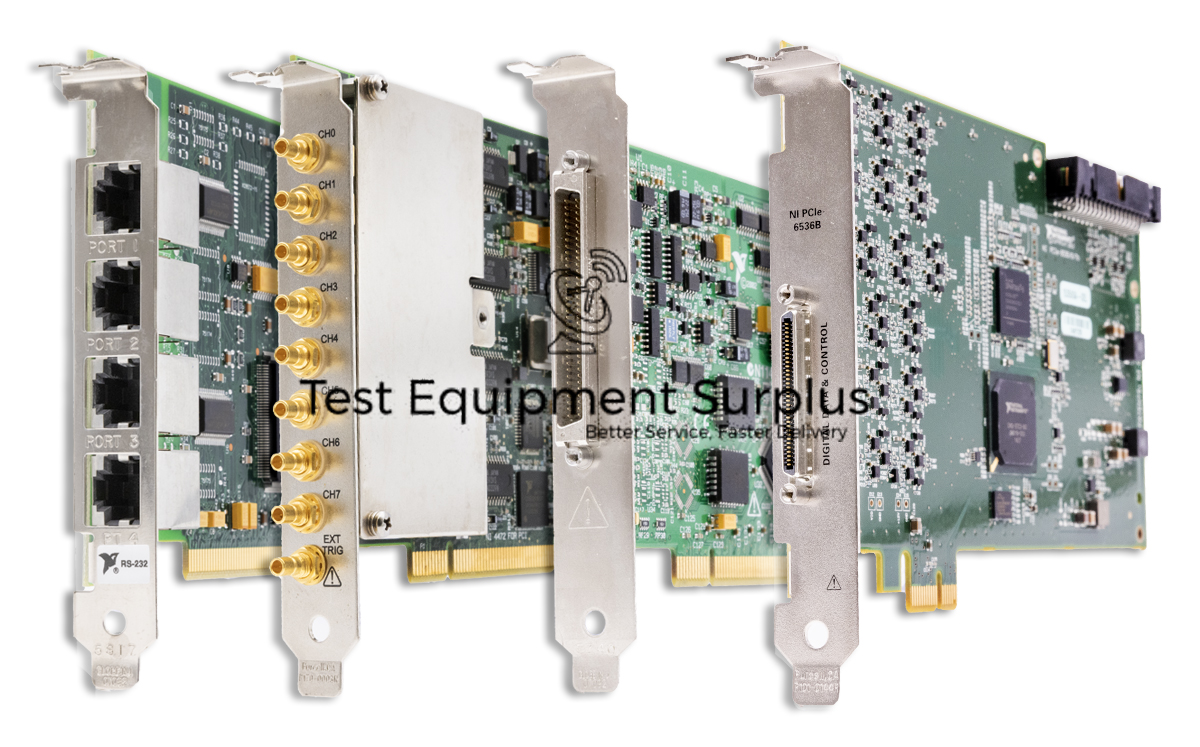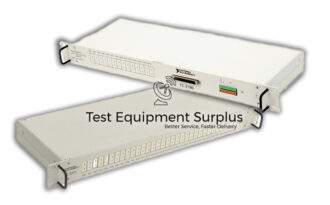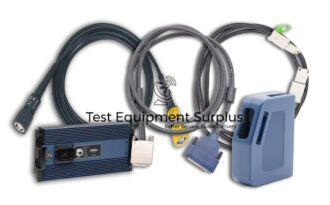Description
The National Instruments PCIe-7820R Digital I/O Reconfigurable Device, with part number 785361-01, is designed to operate in DIFF (Differential) input mode, which is particularly suitable for measuring ground-referenced signals from various devices. The DIFF input mode is recommended when any of the following conditions are met: the input signal is a low level (under 1 V), the leads connecting the signal to the device exceed 3 meters (10 feet), there is a need for a separate ground-reference point or return signal, or the signal leads are subject to noisy environments.
Utilizing differential signal connections with the PCIe-7820R offers several advantages, such as reducing noise gain, increasing common mode noise rejection, and allowing input signals to drift within the common mode limits of the amplifier. For sources with low source impedance, specifically under 100 Ohms, a direct connection to AIGND is possible without the need for additional resistors when dealing with DC-coupled sources, thereby simplifying the setup while maintaining measurement integrity.
| Specification | Detail |
|---|---|
| Product | National Instruments PCIe-7820R Digital I/O Reconfigurable Device |
| Part Number | 785361-01 |
| Input Mode | DIFF (Differential) |
| DIFF Input Mode Ideal For | Measuring ground-referenced signals from different devices |
| Conditions for DIFF Input Mode |
|
| Benefits of Differential Signal Connections |
|
| Connection for Sources with Low Source Impedance | Direct connection to AIGND for DC-coupled sources with low source impedance, under 100 Ω without resistors |
Question 1: What are the conditions that suggest the use of DIFF (Differential) input mode on the National Instruments PCIe-7820R Digital I/O Reconfigurable Device?
Answer 1: The DIFF input mode on the National Instruments PCIe-7820R Digital I/O Reconfigurable Device is particularly recommended for use when the input signal is below 1 V, the signal leads are longer than 3 meters, there is a need for a separate ground-reference point or return signal, or the signal leads are in a noisy environment.
Question 2: Under what specific conditions is the DIFF input mode recommended for the National Instruments PCIe-7820R Digital I/O Reconfigurable Device?
Answer 2: The DIFF input mode is recommended for the National Instruments PCIe-7820R Digital I/O Reconfigurable Device when the input signal is below 1 volt, when the connecting leads exceed 3 meters (10 feet), when there’s a need for a separate ground-reference point or return path, or when the signal leads are in a noisy environment.
Question 3: What conditions make the DIFF input mode of the National Instruments PCIe-7820R Digital I/O Reconfigurable Device particularly appropriate for measuring signals?
Answer 3: The use of DIFF (Differential) input mode on the National Instruments PCIe-7820R Digital I/O Reconfigurable Device is suggested when the input signal is below 1 volt, the connecting leads are longer than 3 meters, a separate ground-reference or return signal is needed, or the signal leads are in a noisy environment.
Question 4: In what scenarios is the DIFF input mode on a National Instruments PCIe-7820R (part number 785361-01) recommended, and what benefits does it offer in terms of signal integrity and noise rejection?
Answer 4: The DIFF input mode on the National Instruments PCIe-7820R (part number 785361-01) is recommended when measuring low-level signals under 1V, when signal leads exceed 3 meters, if there’s a need for a separate ground-reference point, or when the signal leads are in noisy environments; it offers benefits such as reduced noise gain, increased common mode noise rejection, and the ability to handle input signal drift within the common mode range of the amplifier, thus enhancing signal integrity
Question 5: Under which circumstances is the DIFF input mode on the National Instruments PCIe-7820R Digital I/O Reconfigurable Device particularly recommended for use?
Answer 5: The DIFF input mode of the National Instruments PCIe-7820R Digital I/O Reconfigurable Device is particularly appropriate for measuring signals when the input signal is below 1 volt, the connection leads exceed 3 meters, a separate ground-reference point is needed, or the signal leads are in noisy environments.




